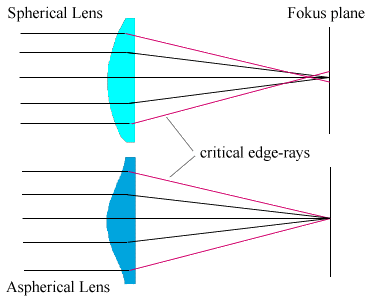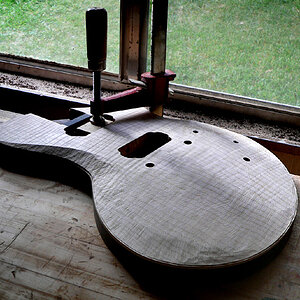Innocence
TPF Noob!
- Joined
- Sep 17, 2006
- Messages
- 140
- Reaction score
- 0
Hello world!
Yet another question! I am very curious heehee.
When I read in a lens specification and it says ...
" X elements arranged in Y groups ... with Z aspherical elements..."
Ok.
I am hoping someone can enlighten me as to:
1/ What information am I supposed to attain from the above statement? (at the moment, it is gibberish to me..haha) Please, technical explanations are very much appreciated (even welcomed!)
2/ I was just about to ask what 'aspherical' is and does, but then I thought Rob would tell me to google it, so i did, and it tells me that it means... "non spherical" haha.
Ok, what does it mean? And more importantly, what does it do?
Thank you~
Yet another question! I am very curious heehee.
When I read in a lens specification and it says ...
" X elements arranged in Y groups ... with Z aspherical elements..."
Ok.
I am hoping someone can enlighten me as to:
1/ What information am I supposed to attain from the above statement? (at the moment, it is gibberish to me..haha) Please, technical explanations are very much appreciated (even welcomed!)
2/ I was just about to ask what 'aspherical' is and does, but then I thought Rob would tell me to google it, so i did, and it tells me that it means... "non spherical" haha.
Ok, what does it mean? And more importantly, what does it do?
Thank you~



 you are a good teacher.
you are a good teacher.




![[No title]](/data/xfmg/thumbnail/40/40356-883c642c8d24d2709b359f9c8b196fcf.jpg?1619739437)





